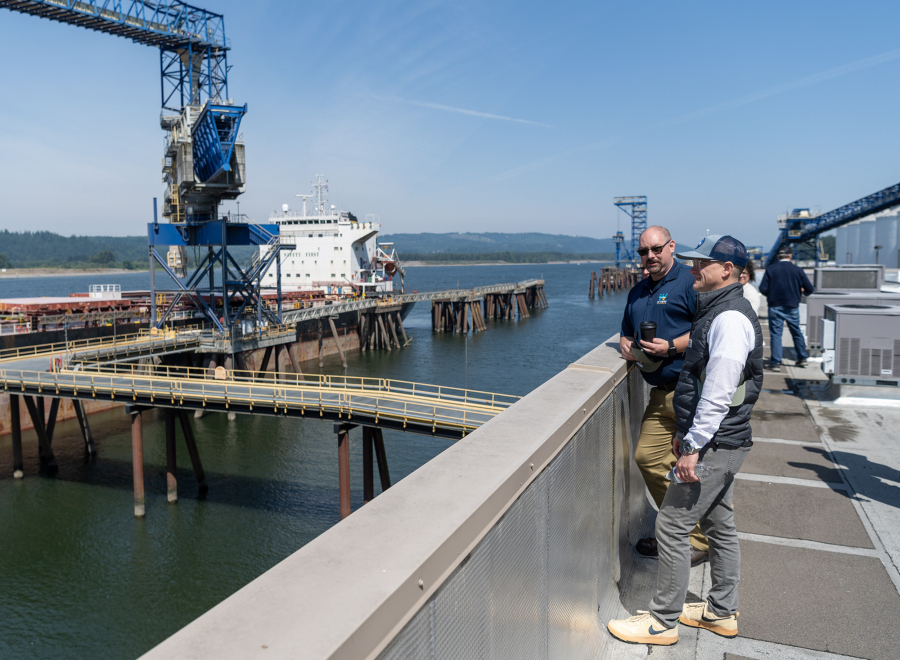A significant inter-regional exchange recently brought together key stakeholders from the Mississippi River shipping industry and their counterparts overseeing the vital Columbia-Snake River grain export system in the Pacific Northwest. This insightful initiative, meticulously organized by the Washington Association of Wheat Growers in collaboration with various local community and industry groups, was designed to immerse the visiting delegation in the operational intricacies and strategic importance of one of the nation’s most critical agricultural export corridors.
The week-long tour served as a pivotal platform for professionals from America’s heartland navigation to gain invaluable firsthand exposure to the advanced infrastructure and innovative practices that define the Pacific Northwest’s robust grain export capabilities. Participants were treated to an in-depth look at how vast quantities of grain, harvested from the fertile lands of the U.S. interior, are efficiently channeled through the Columbia River system for shipment to global markets, underscoring the complex logistics involved in international agricultural trade.
Throughout the comprehensive itinerary, the delegation visited major port facilities, including key terminals along the Columbia River that serve as crucial conduits for U.S. grain. These visits provided a tangible understanding of the scale and sophistication required to manage high-volume commodity flows, from storage and handling to loading onto ocean-going vessels. The focus was keenly placed on the logistical challenges overcome daily to maintain a competitive edge in the global grain market.
Beyond infrastructure, the tour facilitated crucial discussions with agricultural producers, local industry leaders, and trade experts. These dialogues offered deep insights into the current state of commodity flow, market dynamics, and the economic forces shaping U.S. agricultural exports. The exchange fostered an environment for sharing best practices in supply chain management and identifying efficiencies that could benefit both the Mississippi River and Columbia-Snake River systems, highlighting the interconnectedness of national logistics.
The collaborative exchange also underscored a collective commitment to enhancing the efficiency, sustainability, and competitive edge of the U.S. agricultural export sector. By observing the streamlined operations and technological advancements employed in the Columbia River system, Mississippi River stakeholders gained valuable perspectives on potential innovations that could be adapted to improve their own shipping industry practices and overall operational resilience.
Ultimately, this strategic tour aimed to strengthen the national agricultural trade infrastructure, benefiting farmers, shippers, and the broader economy through improved supply chain resilience and expanded global market access. Such inter-regional learning initiatives are fundamental to maintaining America’s position as a leading global agricultural exporter, ensuring that the critical pathways of grain export remain robust and responsive to global demand, reinforcing the nation’s vital logistics network.
Discover more from The Time News
Subscribe to get the latest posts sent to your email.






